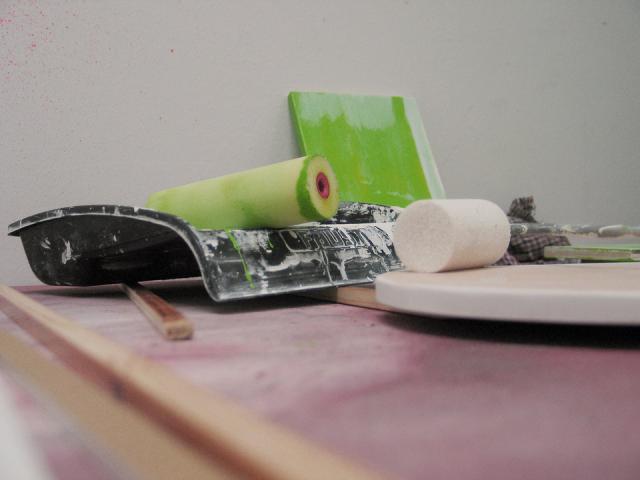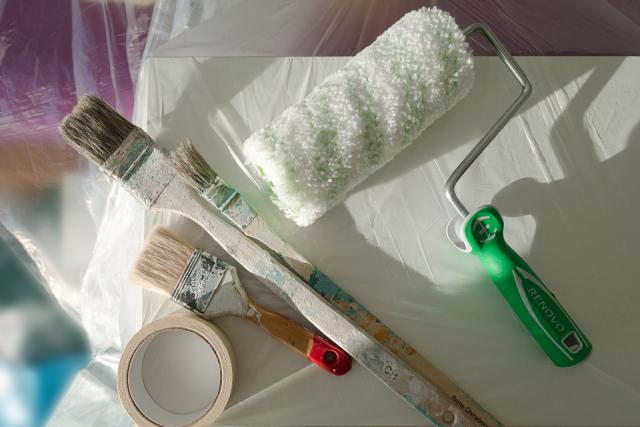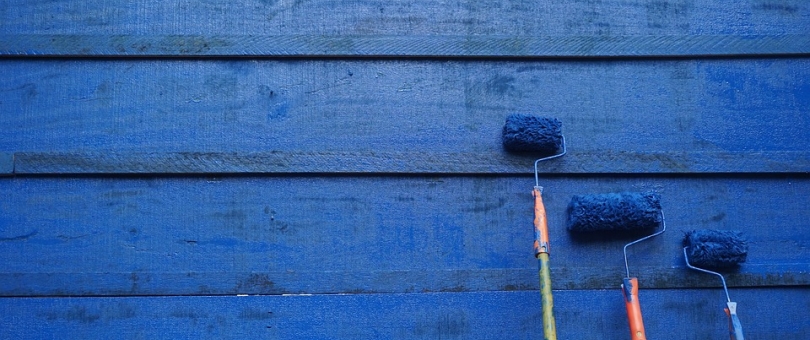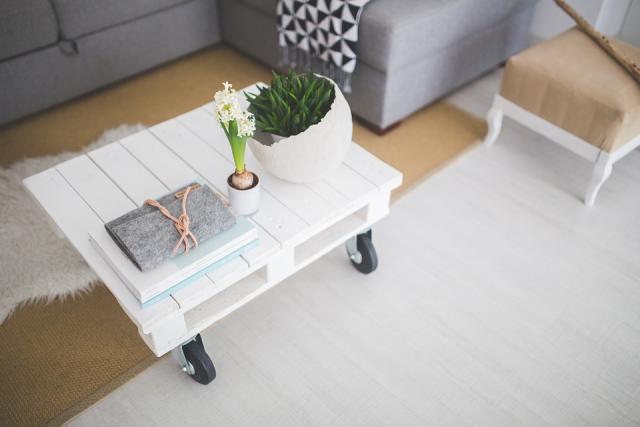Making your house a home is exhausting. You move into a house with plain white walls, a rugged carpet and dirty furniture. The responsibility of making all of it presentable lies on you.
Ideally, it should begin with a fresh coat of paint. But what if you don’t have the budget to hire an interior painting service? Or maybe you want to add your personal touch to it by doing it yourself. Is there an easy way out of this?
Yes. By understanding the basics of interior painting, what to do and what not to do, you can make your house much more appealing. If this interests you, keep reading.
What are some must know basics of interior painting?
Tips for Prep work
1. Remove the dirt from walls and ceiling. Use soap & water to clean the walls. Clear off the cobwebs. Dust the ceiling. Is it required? Yes, because dirt makes it impossible for the paint to stick to the surface. Remember that dust may also be invisible or at least seem to be until you apply the new coat of paint and notice the imperfections.
2. Remove off the furniture from the room you’re painting. Cover up the floor with old sheets and use painter’s tape to make it safe to paint the edges.
3. Now, you need to remove all the imperfections – cracks, holes, and gaps. You will need spackle to fill these. Widen the cracks a little bit and then apply spackle over those. The same goes for holes and gaps. Let it sit and get dry. After that, sand the area to make it ready for painting.
4. It’s a very good idea to sand the entire wall at least twice. It sounds a little bit of more work, but it certainly pays off. Once you sand the area, use a primer to cover the walls.
5. Many people skip the primer but if you’re going for a relatively expensive paint or are hoping to stick with that color for years, don’t skip it. Rather give a good amount of time to apply primer and let it dry completely before you start putting the actual paint.
6. You would also want to use a small can or bowl for keeping the paint while working. It’ll make it easier to paint.

Tools you’ll need
7. For prep work, you will need sandpaper and spackle. For paint, you will need a good quality paint brush, paint, a stir stick, angled paint brush, roller, and roller cover.
Choosing the paint and paint color

8. First, you need to decide on the paint brand you want. It totally depends on your personal preference and doesn’t make much difference except for the general satisfaction you feel when you buy something from a real good brand.
9. Decide the finish according to the area you’re going to paint. Each kind of finish has its advantages and disadvantages. For example, glossy finish looks great, but it doesn’t work well to hide imperfections while flat finish does.
10. Choose latex paint over oil based paints. Latex paint is water-based paint that’s safer than the oil based paints.
11. Prefer a low-VOC option. Paints often release volatile organic compounds which can be harmful. That sharp smell of fresh paint is the result of the presence of such compounds in the paint. Many brands offer low VOC options these days. Prefer those.
12. If you don’t have any idea about what paint color you want, go for neutral gray or white shades. Neutral shades make your house look spacious and also go well with any decor.
13. Always try to paint the color samples either directly on the wall or on the foam-core board (easily available at interior painting supplies store). This’ll give you an idea of how the paint would look like in real.
Painting techniques that’ll make interior painting much easier

14. When painting a room, first paint along the trim, corners and ceiling slowly and steadily with a brush. Then use a roller for the wall.
15. To avoid paint runs, dip the paint brush only half an inch into the paint container and then wipe off one side of the paint brush on the container’s edge.
16. Always paint in long continuous strikes. When using a roller, cover at least 3-foot wide section at one time.
17. Begin with a coat of primer. Make sure you let it dry very well before you apply the coat of paint. Also, clean your brushes once you’re done with the primer.
18. Aim for at least two coats of paint. You might need a third coat if the color you’re using is very dark.
19. It’s crucial that you let the first coat dry properly before you put up the second one.
Wrapping up
Also Read: Latest interior painting color trends
Once you’re done painting, it’s important to clear off the area and clean the brushes properly. They can come handy in future. Interior painting may sound like an easy job but you need a fair amount of search to make it look nice and worthy.



